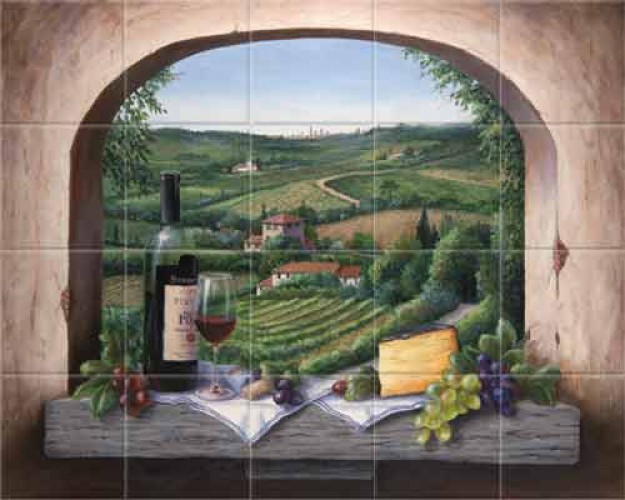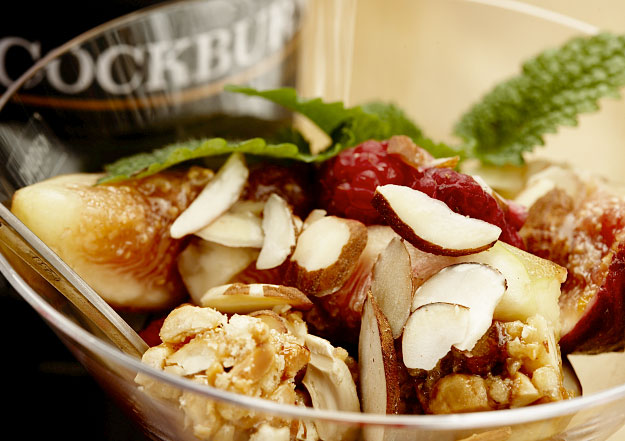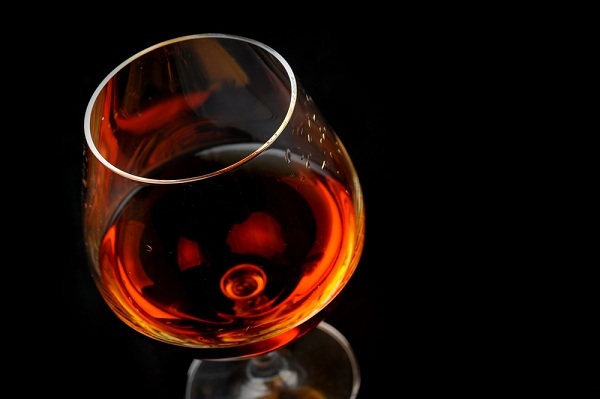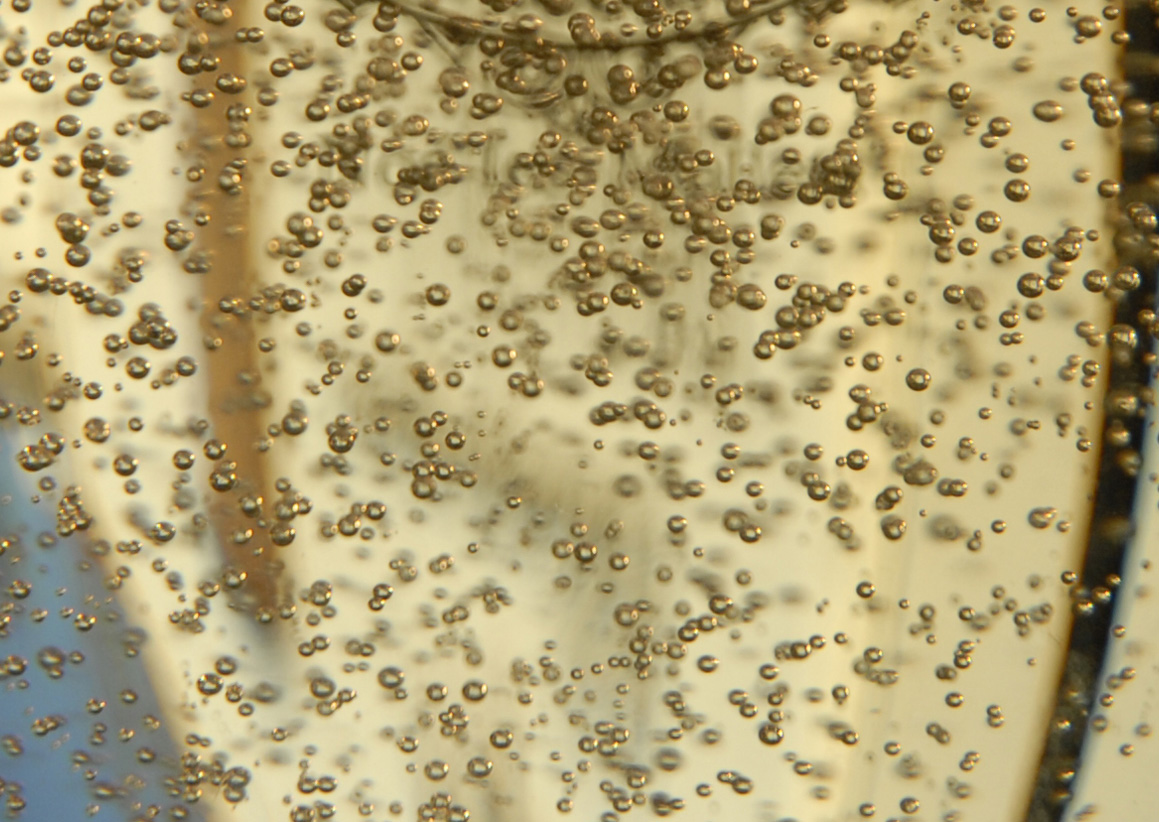Hard to Starboard

The holiday season is a great time for food lovers. All sorts of delectable goodies find their way to the table. Beverages are no exception, and this time of year tends to see the dusting off of various specialty wines, that although great year round, usually are associated with the festivities of the holidays.
One particular style has always been a favorite of mine. I’ve touched on it superficially before, but I want to delve into the world of Port Wine and bring you some knowledge behind one of the world’s great beverages.
Port is what’s known as fortified wine. That means that during the fermentation process a portion of unaged grape brandy (benfício) is added to the wine. This causes a spike in the alcohol content and ceases the fermentation activity of the yeast. Final alcohol levels will range between 18-22%, and depending on when the fortification takes place, the resulting wine can range from a dry beverage, to a very sweet dessert wine.
Port Wine is produced from vineyards called quintas in the northeastern region of Portugal along the Douro River. The region is segregated between the lower valley known as the Baixo Corgo, the mid valley known as the Cima Corgo, and the upper river known as the Douro Superior. The Cima Corgo and Douro Superior are usually the premium vineyards that produce the most sought after grapes.
Over 100 varieties of grapes are sanctioned for Port production, but four main grapes: Touriga Nacional, Touriga Franca, Tinta Roriz (Tempranillo), and Tinta Barroca are the backbone of Port Wine. A fifth grape, Tinta Cão, is also frequently used.
There are three basic styles of Port, and several sub-styles underneath those. The most prominent style, by far, is the bottle-aged or ruby ports. These are aged for shorter periods in large upright wooden vats, then bottled a couple years after harvest. They are deep purple-red in color and fruitier in flavor. Most port houses will produce a basic ruby, but many have developed a house branded ruby typically referred to as a Reserve Port (also known as Vintage Character Port, but that name is no longer allowed).
A style referred to as Late Bottle Vintage (LBV) is a premium quality, single vintage ruby that does not get declared as a Vintage Port, and is bottled between four-to-six years after harvest. The style considered the king of port, though, is the Vintage Port, which is produced when houses think a harvest is truly outstanding. They blend their most premium lots and declare it a vintage. Most houses will only declare a vintage two to three times a decade at most. Two other ruby styles you might see are Single Quinta Vintage Ports, which are super premium ports from a single vineyard, and a style somewhat outdated called Crusted Port because of the large sediment they typically produce.
The second most common style is the wood aged, or Tawny Ports. These are aged for longer periods of time in smaller wooden barrels, producing a golden color with nutty, caramel flavors. Most houses produce a standard Tawny or Reserve Tawny. From there, the wines are given extended periods of aging and are bottled with an age declaration of 10 Year, 20 Year, 30 Year, and 40 Year Old Tawny Port. The age declaration represents an average of the blend and the character for a port of that age. Producers also make a style called Colheita, which is a Tawny Port from an exceptional single vintage. You may also find an old single vintage style called a Garrafeira, but the name is rarely used now.
The final style, with a much smaller production, is the White Ports, which tend to be much more light and fruity than ruby or tawny styles. These are produced from the white grapes Esgana Cão, Folgasão, Malvasia, Rabigato, Verdelho, and Viosinho mainly. White ports are produced as either sweet or dry and are often served as an aperitif. Some producers have taken to making an aged white port, and you may occasionally see 10- year old styles.
Port wine is truly one of the world’s grand wines, and should be a part of any serious wine drinker’s repertoire. My personal favorite is 20-year old tawnies, but I recommend trying them all to find the style you enjoy. And do enjoy a fine bottle of port, as it is one of life’s treats.
As always, remember to enjoy responsibly.




